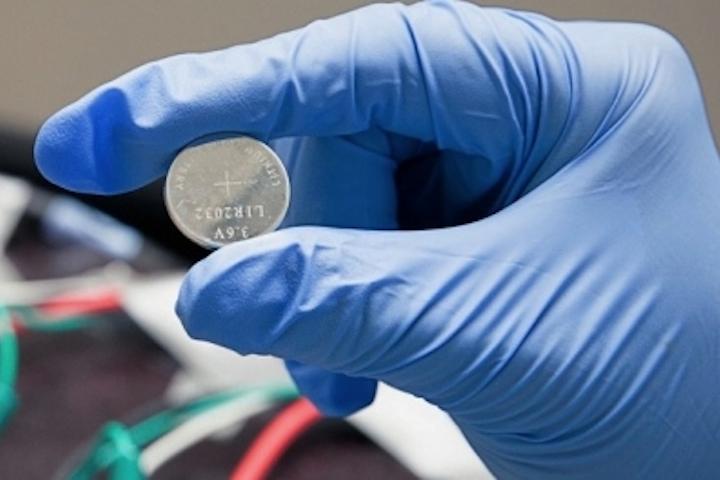
Have you slapped a Band-Aid on a cut recently? In the same way as your body healed while covered up with the plaster, so scientists have been working out a way to help silicon anode-equipped Lithium-Ion batteries do exactly the same thing. Their version of the Band-Aid is a polymer coating which could see the longer-lasting cells become viable for use in our gadgets, electric cars, and more.
Silicon anodes have the potential to increase the performance of Lithium-Ion batteries, but during charging the anodes increase to three times their size, then shrink back down during the discharge phase. This has the effect of creating tiny cracks along the surface, and any gains in performance are soon lost. Scientists at Stanford have come up with a polymer coating, which stretches with the anode’s growth, then heals the cracks which occur as the battery’s charge is used up.
One of the scientists on the team compared the process to how humans and animals heal, saying the polymer coating is similarly important for the long life of a battery. It seems its use in batteries is a handy offshoot of the team’s research, which according to Phys.org was originally focused on creating a self-healing skin for robots and prosthetic limbs. To make it suitable for use inside a battery, nanoparticles of carbon were added so it could conduct electricity.
So how effective is the coating? Apparently, larger cracks are on their way to healing within hours, and anodes lasted ten times longer with their polymer Band-Aid in place. However, this has still only resulted on 100 charge and discharge cycles before any degradation started to become permanent, and the team has a goal of reaching 500 cycles for batteries used in phones, and 3,000 for cars.
We won’t be seeing any far reaching changes tomorrow, then, but it’s looking good for the future. One of the team’s researchers confirmed this, saying, “The promise is there, and from all our data it looks like it’s working.”


